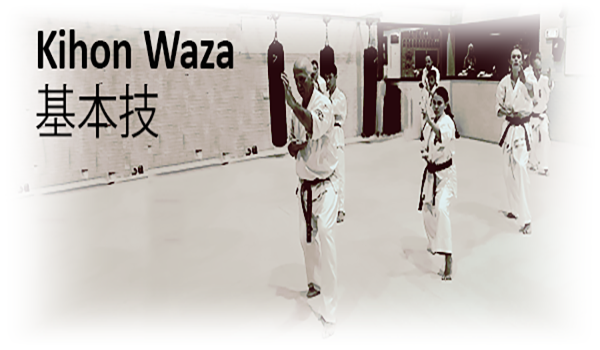
To get started with the basics, it must be understood that there are 8 primary directions one can move in–forward, backward, side-to-side, and to the angles in between. In Japanese, the evasive methods of martial arts are generally referred to as sabaki–either tai sabaki (body movement) or ashi sabaki (foot/leg movement)–and tenshin (shifting).Īn overhead view of the typical happo no kuzushi diagram Moving straight forward and straight back are not the only types of evasive maneuvering in karate, however, and exploring these other ways of moving can benefit both your sport fighting, and your self defense application. It is not unusual for MMA commentators to say that fighters with sport karate backgrounds are “difficult to hit,” for this very reason. This certainly has its place, and catches attention when sport karate competitors cross over into other realms of fighting, such as mixed martial arts competitions. Now, sport karate does this by fighting at a long distance, finding an opening, and building up a great deal of speed to shoot in and land a strike, before shooting back out of range again. Miyagi said in Karate Kid 2 “best way to avoid punch, no be there.” The idea behind this is that you don’t have to block something if you aren’t in its path. Even so, there are still many sport karate competitors who maintain the in-and-out approach, and for good reason. Lately, though, the kumite used in the increasingly popular World Karate Federation (WKF) competitions seems to involve the “in” component, but not so much the “out” component, with competitors often simply running straight into each other at the end of combinations. Sport karate has long been known for its fast in-and-out approach to fighting, largely because of the way points are assessed–you want to get in and touch your opponent, and get away before they can touch you. This stepping movement can be used to deliver an empty hand punch, a weapon technique or to get near the opponent and hinder his punching effectivity.A clip from a Japan Karate Association tournament in Tokyo in 1985 The movement of the Tsuki Tai Sabaki utilises the full step to cover the distance between the initial stance and the opponent. Either on the horizontal plane or on the vertical axis by utilising downward moguri or a jump.Ī step to the front while changing the front facing leg is called in Ninjutsu

Tai Sabaki to the front can be used in various ways. Sabaki by direction and plane of movement Front Tai Sabaki

1.1.4.3 Video of Moguri, a downward evasion.1.1.4.2 Video of a Tobi, a diagonal using a jumping step.1.1.4.1 Video of Ushiro Aruki, a diagonal using a step.1.1.4 Naname Ushiro Sabaki - diagonally back movement.1.1.3 Ushiro Sabaki - backwards evasion.1.1.1.2 Tsugi Ashi, sliding step forward.1.1 Sabaki by direction and plane of movement.


 0 kommentar(er)
0 kommentar(er)
